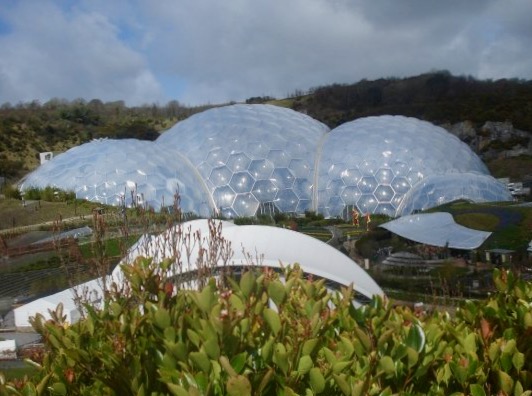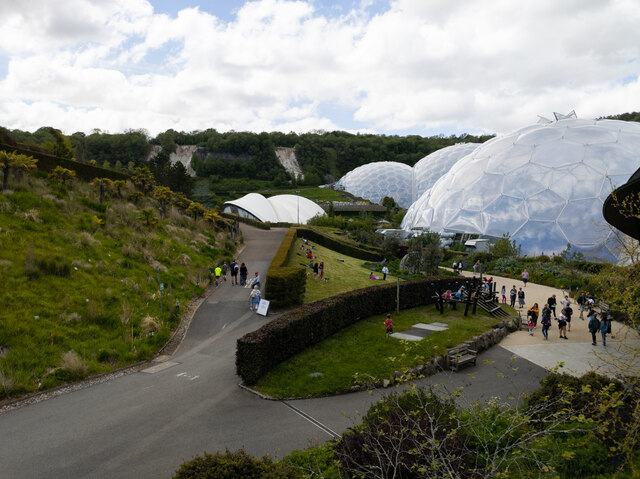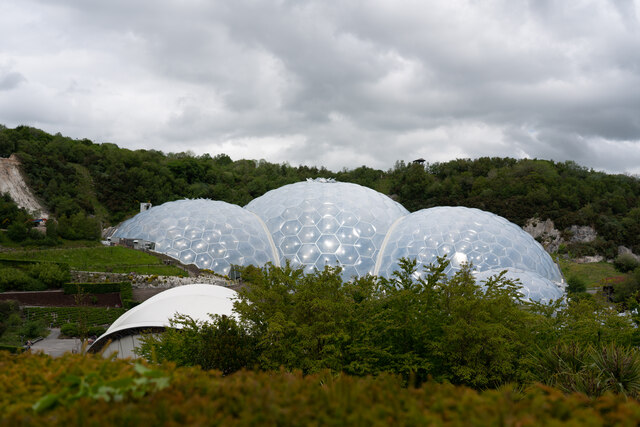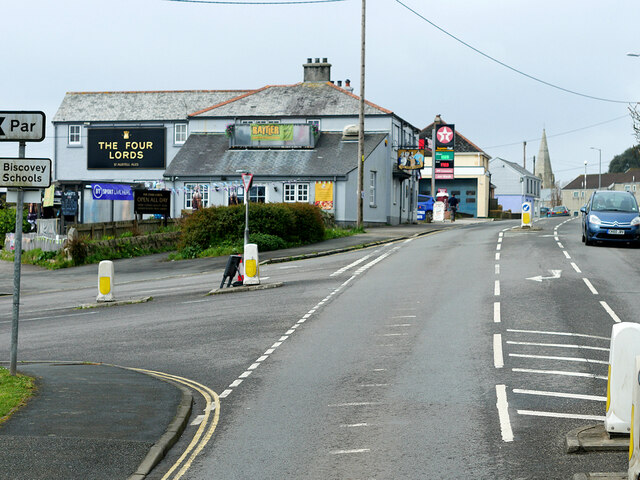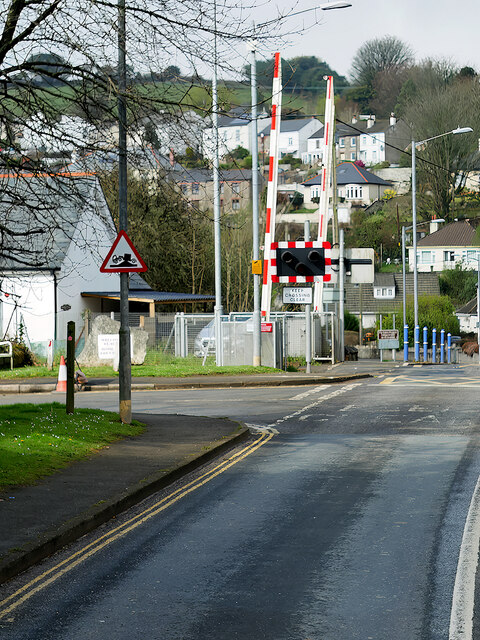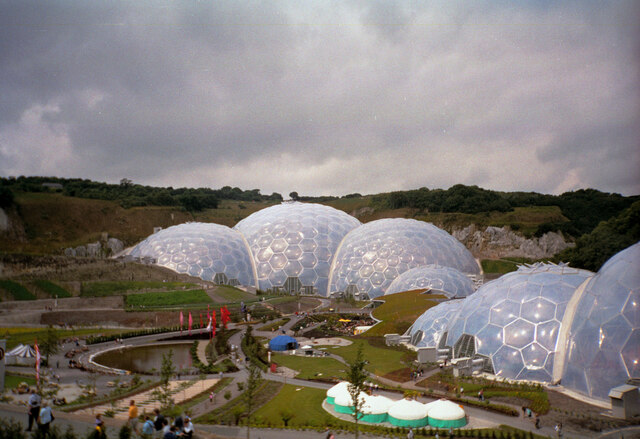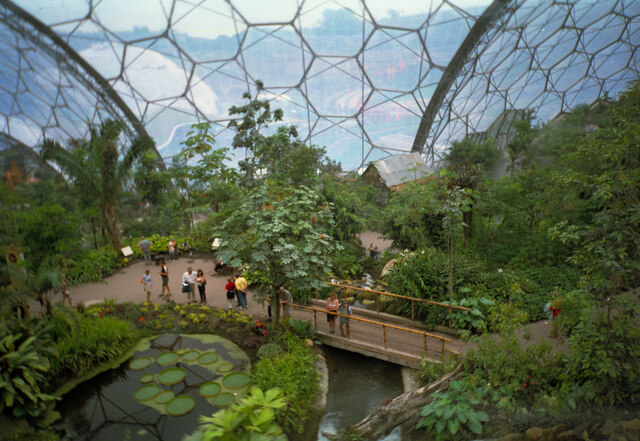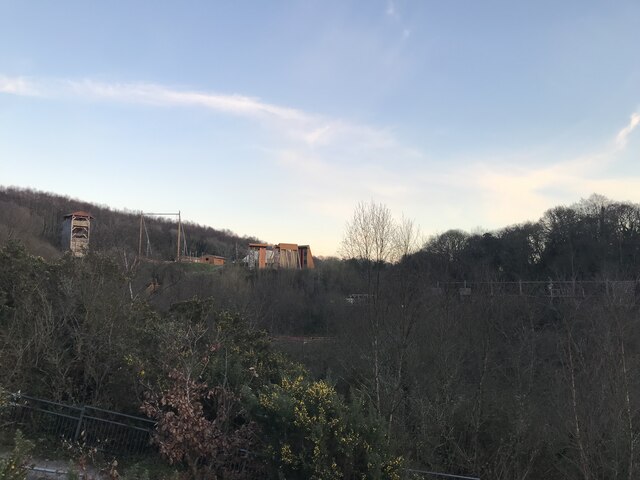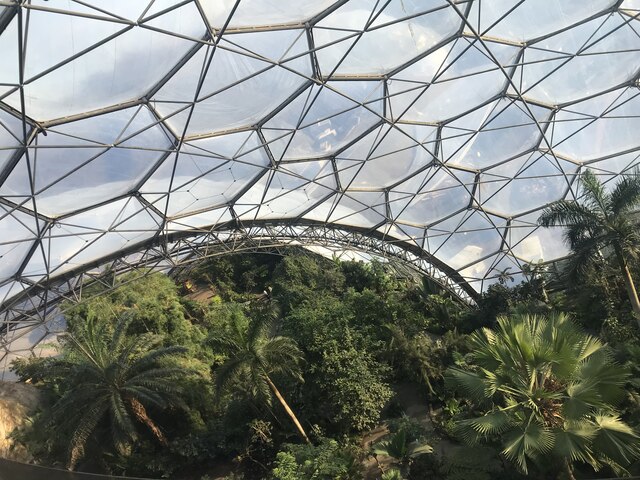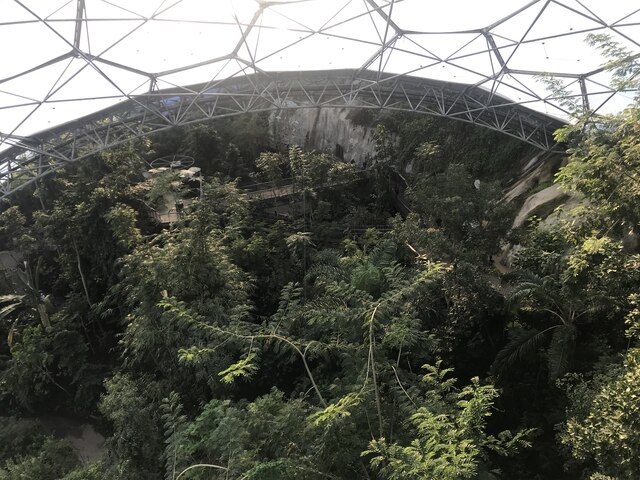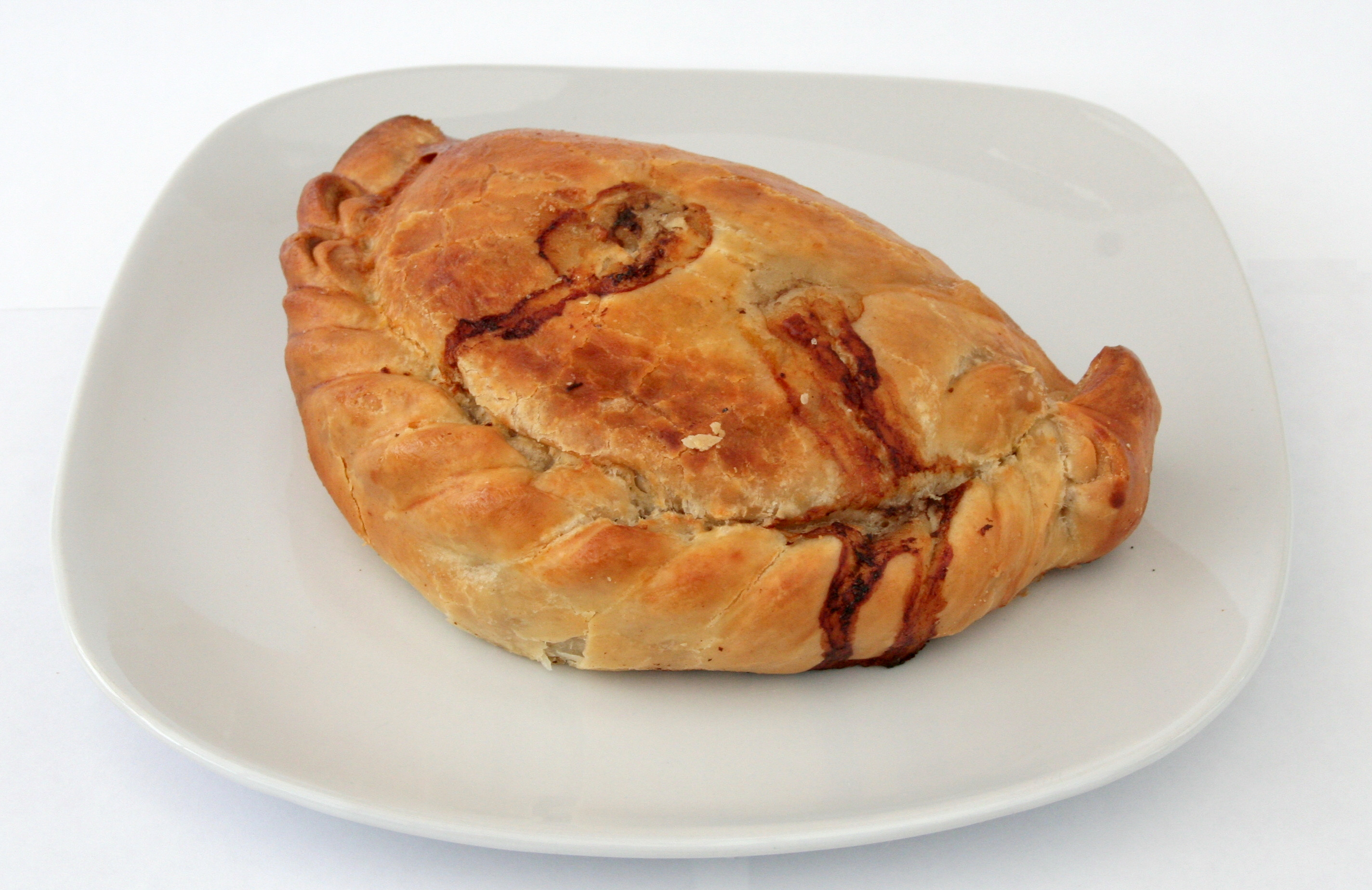Bodelva Moor
Downs, Moorland in Cornwall
England
Bodelva Moor
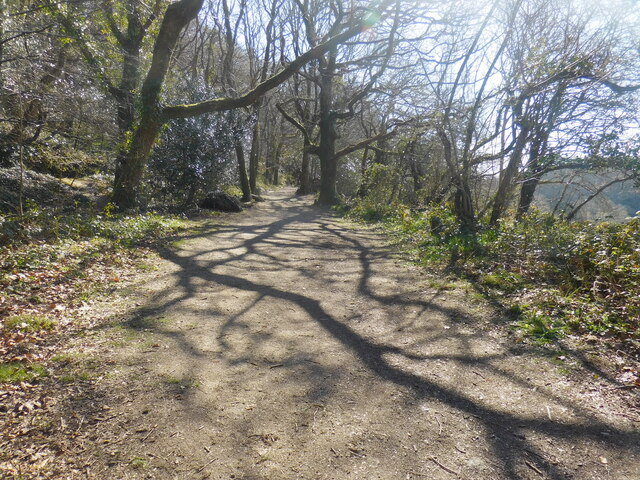
Bodelva Moor is a picturesque area located in Cornwall, England. This stunning moorland is situated near the village of St. Blazey and covers a considerable expanse of approximately 800 acres. It is nestled amidst the captivating landscape of the Cornish countryside, making it a popular destination for nature enthusiasts, hikers, and wildlife lovers.
The moorland of Bodelva is characterized by its rolling hills, open grasslands, and scattered patches of dense woodland. It offers a diverse range of flora and fauna, providing a haven for numerous species of birds, insects, and small mammals. Visitors can witness the vibrant colors of wildflowers in the spring and summer, while autumn brings a stunning display of golden hues across the moor.
The moorland also boasts a rich history, with evidence of human habitation dating back to the Bronze Age. Ancient stone circles and burial mounds can be found scattered across the landscape, adding an air of mystery and intrigue to the area.
Bodelva Moor is a fantastic location for outdoor activities such as walking, hiking, and birdwatching. There are several well-marked trails and footpaths that crisscross the moor, allowing visitors to explore its natural beauty at their own pace. Additionally, the moor is home to a diverse range of wildlife, including buzzards, kestrels, and even the occasional sighting of the elusive adder.
In conclusion, Bodelva Moor is a captivating and diverse area that offers visitors a chance to immerse themselves in the natural beauty and tranquility of Cornwall. With its stunning landscapes, rich history, and abundant wildlife, it is a must-visit destination for anyone seeking a true escape into nature.
If you have any feedback on the listing, please let us know in the comments section below.
Bodelva Moor Images
Images are sourced within 2km of 50.363602/-4.7349721 or Grid Reference SX0555. Thanks to Geograph Open Source API. All images are credited.
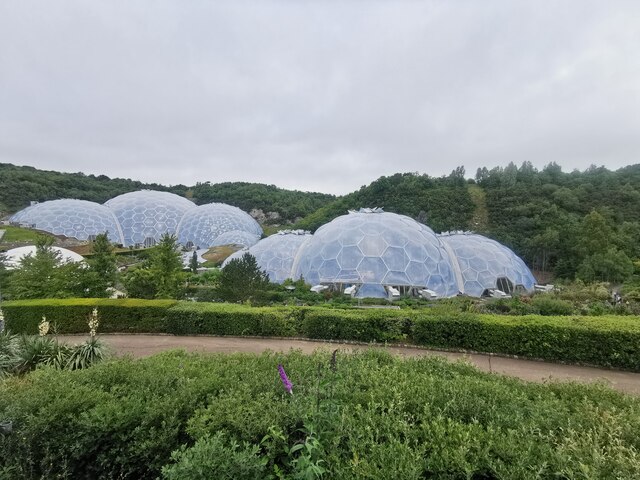
![Bridge Street, St Blazey St Blazey (Cornish: Lanndreth) is a small town in Cornwall, 3 miles (4.8 km) east of St Austell. The town takes its name from the Armenian Saint Blaise who, in Christian tradition, is believed to have "cure[d] toothache, sore throats and cattle diseases".
The local mining industries once dominated the town; historically copper and tin were mined in and around the parish, whilst more recently china clay has been the principal commodity mined. <a href="https://www.geograph.org.uk/photo/1701065">SX0554 : The Eden Project</a> is located about a mile and a half (2 km) from the centre of the town and the large number of visitors this attracts has led to the development of tourism in the town.
St Blazey. (2022, April 23). In Wikipedia. <span class="nowrap"><a title="https://en.wikipedia.org/wiki/St_Blazey" rel="nofollow ugc noopener" href="https://en.wikipedia.org/wiki/St_Blazey">Link</a><img style="margin-left:2px;" alt="External link" title="External link - shift click to open in new window" src="https://s1.geograph.org.uk/img/external.png" width="10" height="10"/></span>](https://s3.geograph.org.uk/geophotos/07/34/75/7347531_986ab475.jpg)
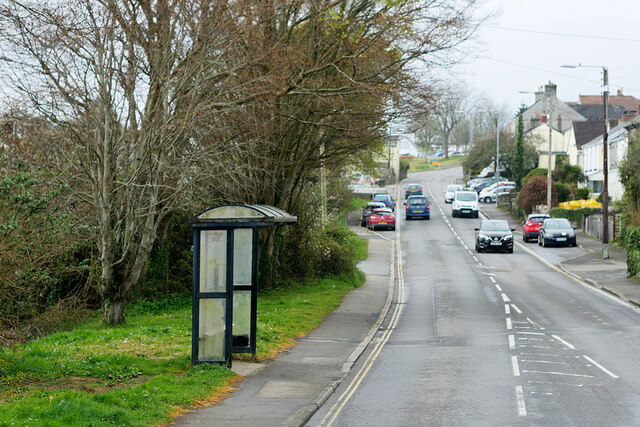

![Rose Hill, St Blazey St Blazey (Cornish: Lanndreth) is a small town in Cornwall, 3 miles (4.8 km) east of St Austell. The town takes its name from the Armenian Saint Blaise who, in Christian tradition, is believed to have &quot;cure[d] toothache, sore throats and cattle diseases&quot;.
The local mining industries once dominated the town; historically copper and tin were mined in and around the parish, whilst more recently china clay has been the principal commodity mined. <a href="https://www.geograph.org.uk/photo/1701065">SX0554 : The Eden Project</a> is located about a mile and a half (2 km) from the centre of the town and the large number of visitors this attracts has led to the development of tourism in the town.
St Blazey. (2022, April 23). In Wikipedia. <span class="nowrap"><a title="https://en.wikipedia.org/wiki/St_Blazey" rel="nofollow ugc noopener" href="https://en.wikipedia.org/wiki/St_Blazey">Link</a><img style="margin-left:2px;" alt="External link" title="External link - shift click to open in new window" src="https://s1.geograph.org.uk/img/external.png" width="10" height="10"/></span>](https://s1.geograph.org.uk/geophotos/07/34/75/7347541_fcb16d1e.jpg)
![Church Hill, St Blazey St Blazey (Cornish: Lanndreth) is a small town in Cornwall, 3 miles (4.8 km) east of St Austell. The town takes its name from the Armenian Saint Blaise who, in Christian tradition, is believed to have &quot;cure[d] toothache, sore throats and cattle diseases&quot;. The church, which was built between 1440 and 1445, is dedicated to Saint Blaise. It is a Grade II* listed building (List Entry Number:
1289700 <span class="nowrap"><a title="https://historicengland.org.uk/listing/the-list/list-entry/1289700" rel="nofollow ugc noopener" href="https://historicengland.org.uk/listing/the-list/list-entry/1289700">Link</a><img style="margin-left:2px;" alt="External link" title="External link - shift click to open in new window" src="https://s1.geograph.org.uk/img/external.png" width="10" height="10"/></span> Historic England).
The local mining industries once dominated the town; historically copper and tin were mined in and around the parish, whilst more recently china clay has been the principal commodity mined. <a href="https://www.geograph.org.uk/photo/1701065">SX0554 : The Eden Project</a> is located about a mile and a half (2 km) from the centre of the town and the large number of visitors this attracts has led to the development of tourism in the town.
St Blazey. (2022, April 23). In Wikipedia. <span class="nowrap"><a title="https://en.wikipedia.org/wiki/St_Blazey" rel="nofollow ugc noopener" href="https://en.wikipedia.org/wiki/St_Blazey">Link</a><img style="margin-left:2px;" alt="External link" title="External link - shift click to open in new window" src="https://s1.geograph.org.uk/img/external.png" width="10" height="10"/></span>](https://s3.geograph.org.uk/geophotos/07/34/75/7347543_38528efc.jpg)
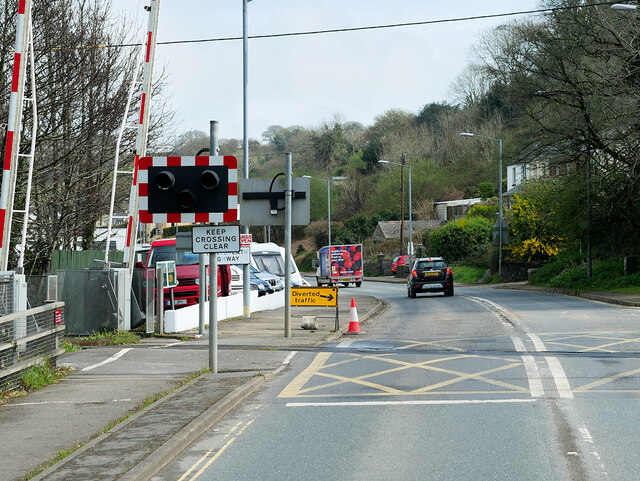
Bodelva Moor is located at Grid Ref: SX0555 (Lat: 50.363602, Lng: -4.7349721)
Unitary Authority: Cornwall
Police Authority: Devon and Cornwall
What 3 Words
///among.hands.technical. Near Par, Cornwall
Nearby Locations
Related Wikis
Bodelva
Bodelva (Cornish: Boselwydh) is a hamlet in south Cornwall, England, UK, in the civil parish of St Blaise. It is about 1 mile (1.6 km) west of St Blazey...
Prideaux Castle
Prideaux Castle is a multivallate Iron Age hillfort situated atop a 133 m (435 ft) high conical hill near the southern boundary of the parish of Luxulyan...
Eden Project
The Eden Project (Cornish: Edenva) is a visitor attraction in Cornwall, England. The project is located in a reclaimed china clay pit, located 2 km (1...
World Pasty Championships
The World Pasty Championships were an annual event held in Cornwall to celebrate the Cornish Pasty and its variants, with entrants from around the world...
Nearby Amenities
Located within 500m of 50.363602,-4.7349721Have you been to Bodelva Moor?
Leave your review of Bodelva Moor below (or comments, questions and feedback).
